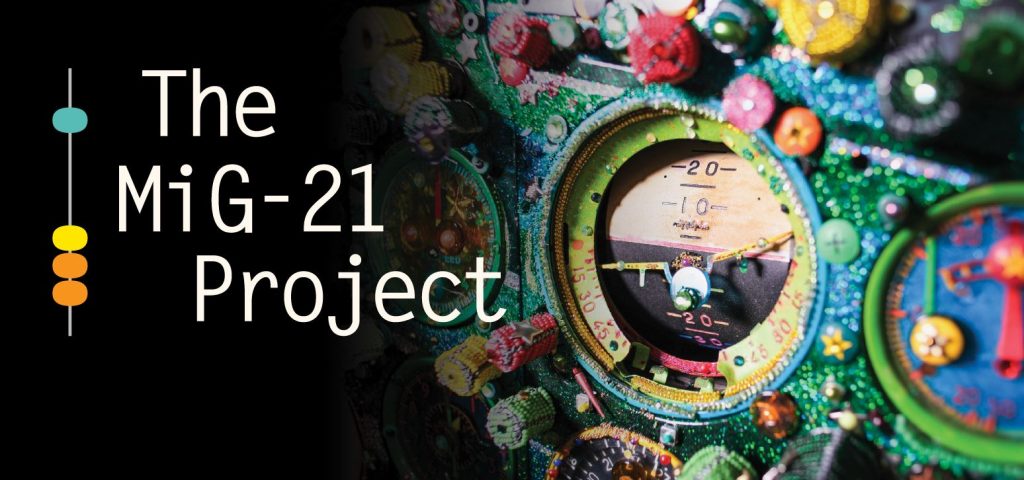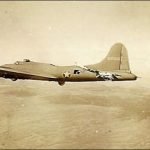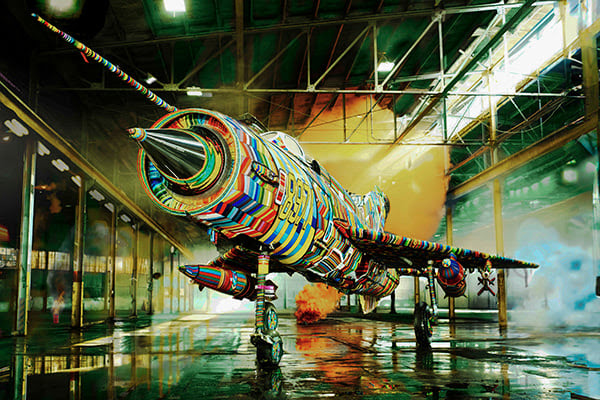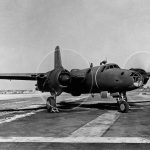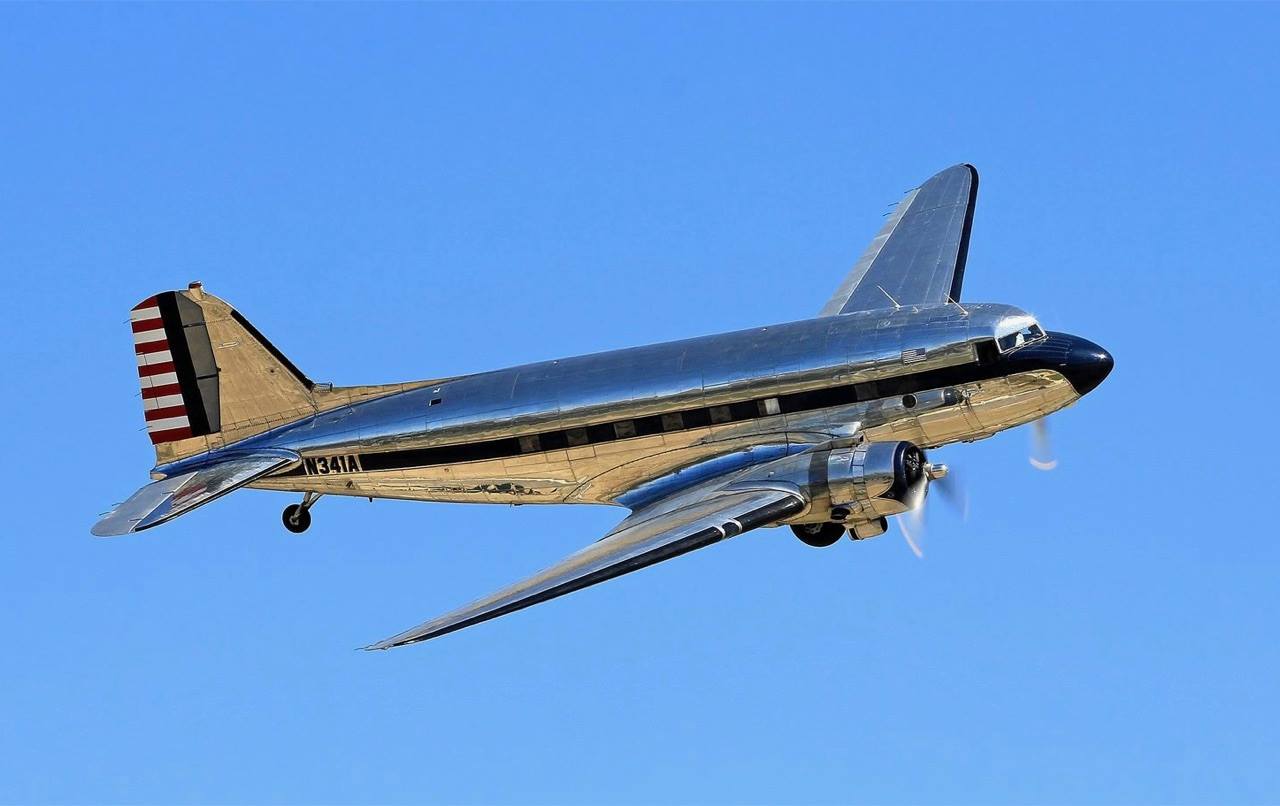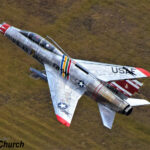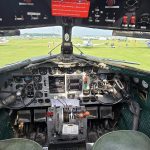The Museum of Flight’s highly anticipated 2025 exhibit, The MiG-21 Project, will make its world premiere on June 21. Conceived by South African artist Ralph Ziman, this dazzling, five-year multimedia undertaking transforms a Cold War-era, Soviet-designed MiG-21 fighter jet into an extraordinary work of art—its surface entirely covered in tens of millions of hand-applied, colorful glass beads. The transformed jet stands not only as a stunning visual statement but also as a reimagining of an icon of violence into a powerful symbol of resilience, beauty, and collaboration. The exhibit will remain on view through January 26, 2026.

“The aim of The MiG-21 Project,” said Ziman, “is to take the most mass-produced supersonic fighter aircraft and turn it from a machine of war into something that looks beautiful and changes its meaning.” The MiG-21 Project marks the culmination of Ziman’s Weapons of Mass Production Trilogy, a 12-year exploration of history, social justice, and art, shaped by his experiences growing up under Apartheid in South Africa. Working with a team in Los Angeles and skilled beadwork artisans from Southern Africa, Ziman challenges the legacy of the global arms trade and militarized police forces by reclaiming tools of violence as canvases for creativity and cultural expression.
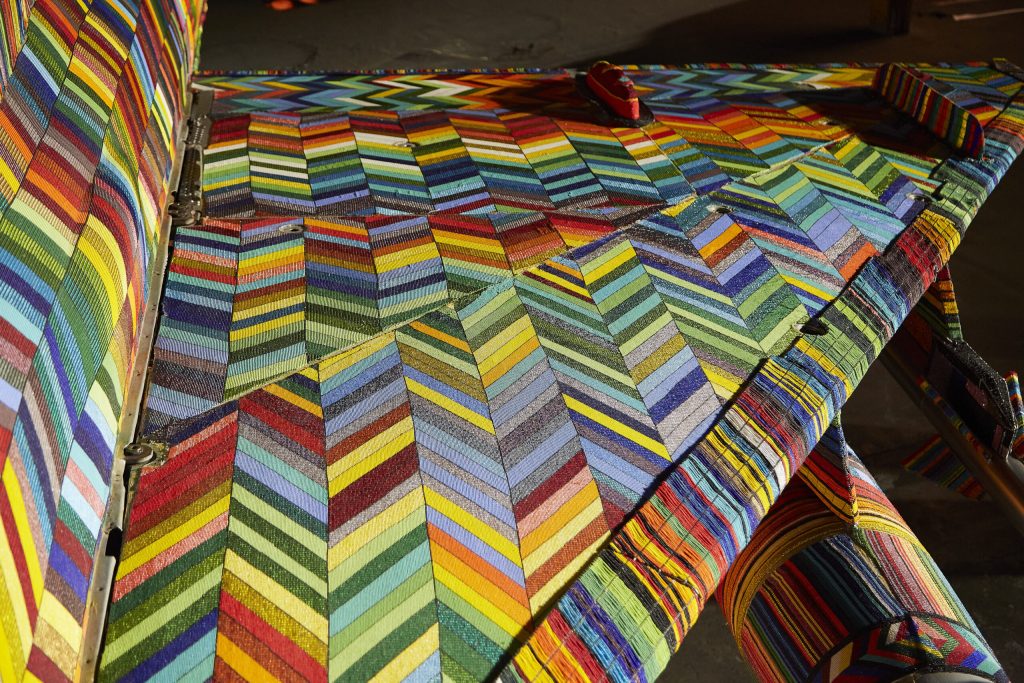
A Transformative Experience
The exhibit’s debut marks the first public unveiling of the beaded MiG-21. Three rooms within the Museum’s Special Exhibits Gallery have been fully reimagined to immerse visitors in the scope and impact of The MiG-21 Project and the larger Weapons of Mass Production Trilogy. Alongside the jet, the gallery features original artwork, Afrofuturistic flight suits designed by Ziman and his team, large-scale photography, video installations, and interactive elements. The Museum has also developed new interpretive materials that delve into the history of the MiG-21, the Cold War, and how military aircraft have been repurposed for civilian use. Special programming and family-friendly events will accompany the exhibit. Entry is free for Museum Members and included with general admission. Click HERE for more information.
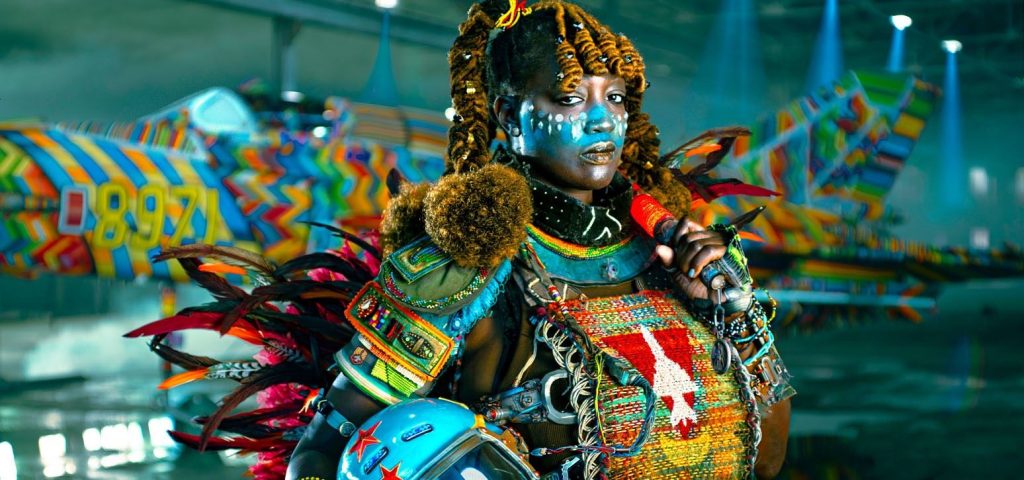
The Weapons of Mass Production Trilogy
Ziman’s Trilogy blends cultural heritage, historical critique, and the healing power of artistic collaboration. Drawing on Southern Africa’s rich tradition of beadwork—used for centuries to communicate identity, lineage, and community values—each project transforms weapons of war into symbols of peace and renewal. Click HERE for more information about this exhibit.
The AK-47 Project (2013–2017) Ziman partnered with artisans in South Africa and Zimbabwe to create beaded, wire-frame replicas of AK-47 rifles. Long associated with liberation struggles across the Global South, the rifle is reinterpreted as a tribute to self-determination and the resilience of oppressed peoples. Click HERE for more information about this exhibit.

The Casspir Project (2015–2018) An 11-ton Apartheid-era Casspir armored vehicle was transformed with intricate hand-beaded panels into SPOEK 1, a mobile symbol of peace. In Soweto, South Africa—where the 1976 uprising against Apartheid began—Ziman and local residents staged a dramatic photo series inspired by historic images of protest and resistance. SPOEK 1 was featured at the Museum of Flight’s 2024 Jet Blast Bash. Click HERE for more information about this exhibit.
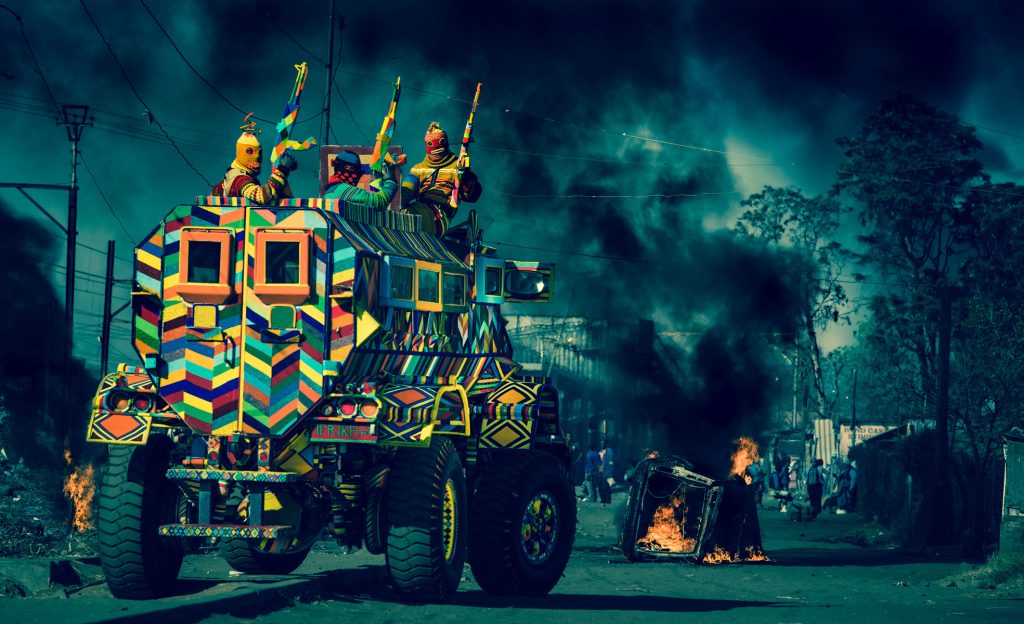
The MiG-21 Project (2020–2025) The final and most ambitious chapter brings Ziman’s vision to an unprecedented scale. A once-feared fighter jet becomes an artistic and cultural statement—its dazzling surface inviting viewers to consider the power of transformation, memory, and shared humanity. Watch a video about The MiG-21 Project HERE.
About Ralph Ziman
Ralph Ziman was born in Johannesburg in 1963 and now lives and works in Los Angeles, California. His art is grounded in social responsibility, addressing themes such as Apartheid, human rights, the arms trade, and global inequality. His work spans sculpture, installation, photography, public art, and film, and has been exhibited internationally in Europe, Africa, and the United States. “I grew up in the dark days of Apartheid,” Ziman said. “It was a time of bigotry and division, when the police were militarized and violent. My art reflects that history because I see echoes of it repeating around the world. By transforming symbols of violence into icons of peace, I’m reckoning with my past—and calling for change.” For more information, visit www.ralphziman.com.
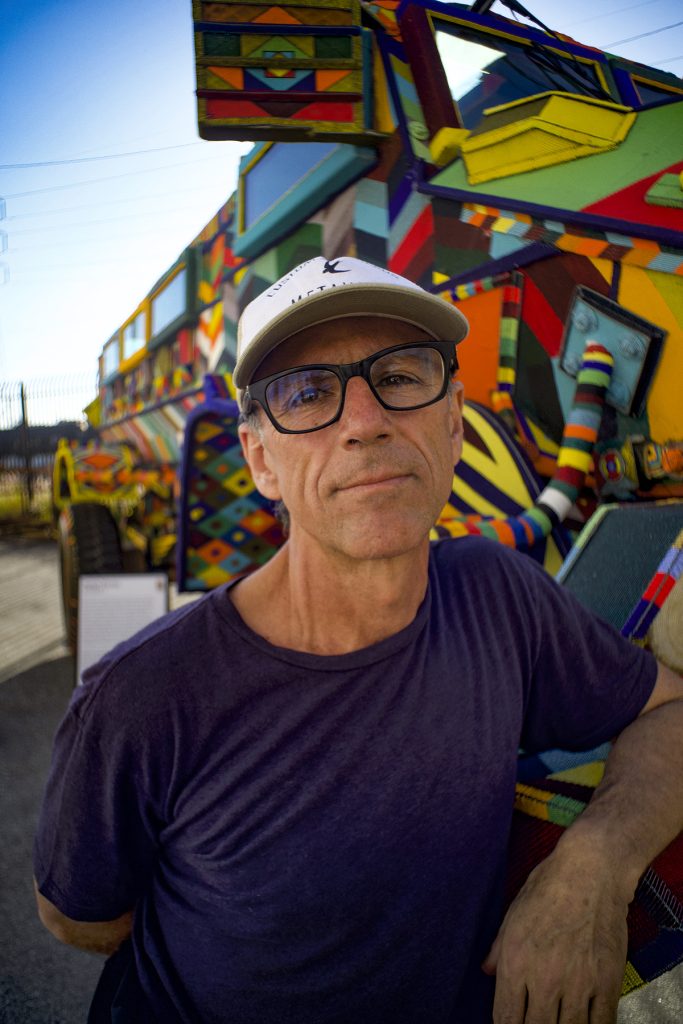
Why Beads?
“There is no Africa without beads—it connects,” says bead artisan Thenjiwe Chinedo. “If you go deep within Africa, you find it’s the one thing. Beads are everywhere.” Beadwork has long been a cornerstone of indigenous Southern African art, particularly among the Ndebele people, who use intricate designs to express cultural identity. Ziman recalls seeing beaded sculptures sold along roadsides in South Africa—often dismissed as tourist trinkets. “I always felt beadwork was given short shrift,” he said. “The skill and talent it takes are phenomenal. With this Trilogy, the idea was to elevate beadwork to the status it deserves—to create something that takes people’s breath away.” For more information about this exhibit and the Museum of Flight, visit www.museumofflight.org.
